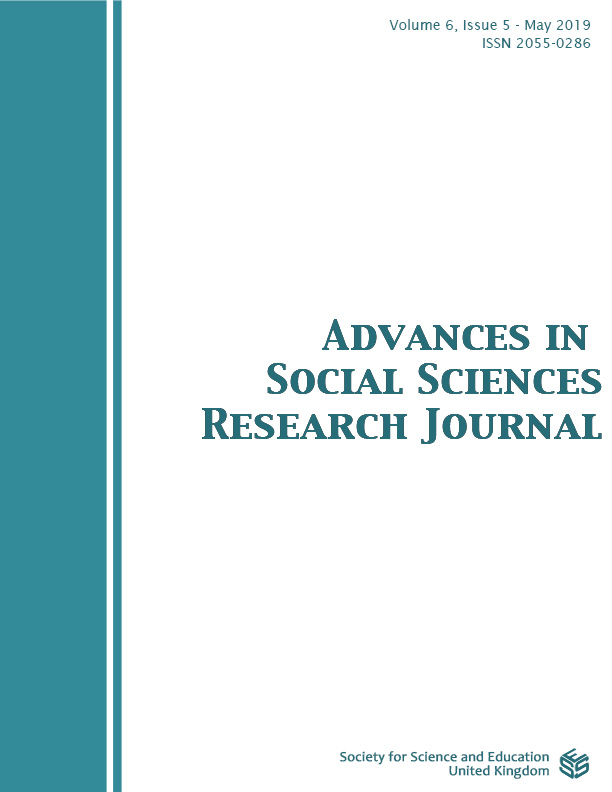Ascertaining The Quality Of The Translated Version Of The New Cameroon Penal Code
DOI:
https://doi.org/10.14738/assrj.64.5988Abstract
This article has a three-fold objective – to identify and describe revision-related errors found in the New Cameroon Penal Code. It also attempts to determine the degree of semantic shift per error type. Finally, it proposes a solution to each characteristic category of errors identified. The exercise relies on the Translation Quality Assessment models of Gouadec (grammatical correctness), Waddington (contre-sens) and Juliane House’s Functional Pragmatism. These models are supplemented by Toury’s Descriptive Translation Studies model by which the excerpts are chronologically analysed against the backdrop of a 10-point tabular grid. Findings reveal that of the 372 sections which comprise the new Cameroon Penal Code, 45 (0.001+%) had errors. Four main translation errors were found - omission, contre-sens, inadequacy and inconsistency. Of these, inadequacies had the highest frequency with 51.11+%. Both omission and contre-sens had the same frequency (17.77+%) while inconsistency had the lowest frequency (13.33+%). Subsequently, five (5) excerpts selected from the 50 translation errors discovered in the new Cameroon Penal Code have then been effectively evaluated, using both qualitative and quantitative methods to determine the potential causes of deviation. In this vein, the translator’s reliance on the communicative instead of the socio-linguistic translation approach proved counterproductive. Notwithstanding, identified translation shortcomings do not invalidate the document’s usability, pedagogically and professionally speaking. On the whole, this exercise underscores the importance of revision in not only with regard to translation quality assurance in general but equally to the New Cameroon Penal Code as a case study.
Downloads
Published
How to Cite
Issue
Section
License
Authors wishing to include figures, tables, or text passages that have already been published elsewhere are required to obtain permission from the copyright owner(s) for both the print and online format and to include evidence that such permission has been granted when submitting their papers. Any material received without such evidence will be assumed to originate from the authors.






